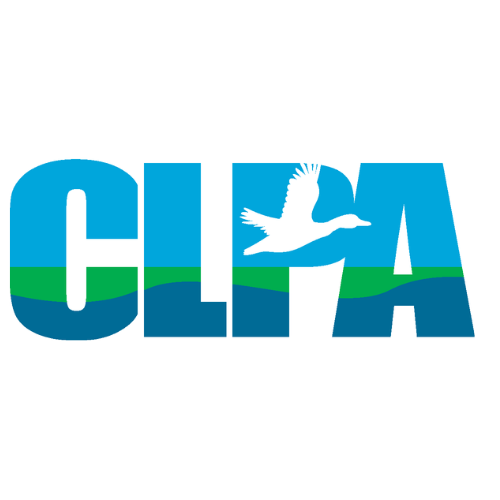Canobie Lake Aquatic Macrophyte Survey Report -2022
2022 Aquatic Macrophyte Inventory Report
Introduction
Canobie Lake is a 375 acre lake located in the towns of Salem and Windham, New Hampshire, that has restrictions on swimming due to its use as a drinking water reservoir. SOLitude Lake Management was hired to conduct a vegetation survey in 2022 to determine the aquatic macrophyte assemblage present in the water body. Survey results can be used to track changes in the vegetation community, and also to determine future management methods within the waterbody.
The following report will discuss: methodology, results & analysis, summary of findings, and an attached map of the vegetation present.
Methodology
A visual survey of the shoreline and littoral zone was conducted on October 6, 2022 with a 10-foot jon boat and gas-powered motor. An underwater camera and throw rake were used to collect or observe plant specimens that were present in deeper water and unable to be identified from the surface. Species that were unable to be identified in the field were collected and identified with assistance from literature and expertise from colleagues. A handheld GPS was utilised to mark points of vegetation to correspond to notes taken during the survey.
Results
The following table displays the species found and their general abundance observed during the survey. The results can also be visualised on the attached map (Figure 1: Canobie Lake Aquatic Vegetation Survey).
* NHDES sent in divers in August 2024 to investigate the Brittle Naiad and found it to be Southern Naiad (bushy pondweed). NHDES does not classify this weed as an invasive weed.
A total of seventeen aquatic vegetation species were observed during the survey, including an unusual species of watermilfoil (Alternate-flowered watermilfoil, Myriophyllum alterniflorum). This species was observed at varying densities throughout most of the shoreline around the lake (see attached map - Figure 1: Canobie Lake Aquatic Vegetation Survey). One observed species that is considered invasive and non-native is brittle naiad (Najas minor), and this species was seen only at one location during the survey and at trace density.
Pondweed species were the most robust and variable within the lake, with a total of five observed, but particularly abundant was big-leaf pondweed (Potamogeton amplifolius). This macrophyte was found in sparse to dense abundance throughout the shoreline and littoral zone of the lake (see attached map - Figure 1: Canobie Lake Aquatic Vegetation Survey). Other vegetation species observed include: three bladderwort species (Utricularia spp.), three naiad species (Najas spp.), one floating-leaf species (Nymphaea odorata), and two emergent species (Sagittaria sp. and Persicaria amphibia).
Overall, Canobie Lake supports a healthy, diverse assemblage of native macrophytes throughout the littoral zone and shoreline, with the exception of the one invasive, non-native species. Brittle naiad is a non-native species that has the capability of spreading quickly and outcompeting more beneficial native plant species in the pond. Controlling this species in an effort to halt its further advancement in the pond should be a high priority of any management program at Canobie Lake.
Based on the current conditions of Canobie Lake, the primary outcome/goal of a management program should be to optimise fish and waterfowl habitat, as well as the overall recreational value by controlling invasive and nuisance aquatic plant species. The lake currently possesses a variety of characteristics (vegetation species, water depth contours, varied substrate composition, and water flow regime) that are desirable for many habitat types. In an effort to enhance the overall wildlife habitat and recreational value of the lake, we recommend the area selective control of non-native submersed plant growth (as budget allows).
If you would like to move forward with a management plan to control non-native submersed aquatic species, we can get a Proposal to you outlining costs and options.



